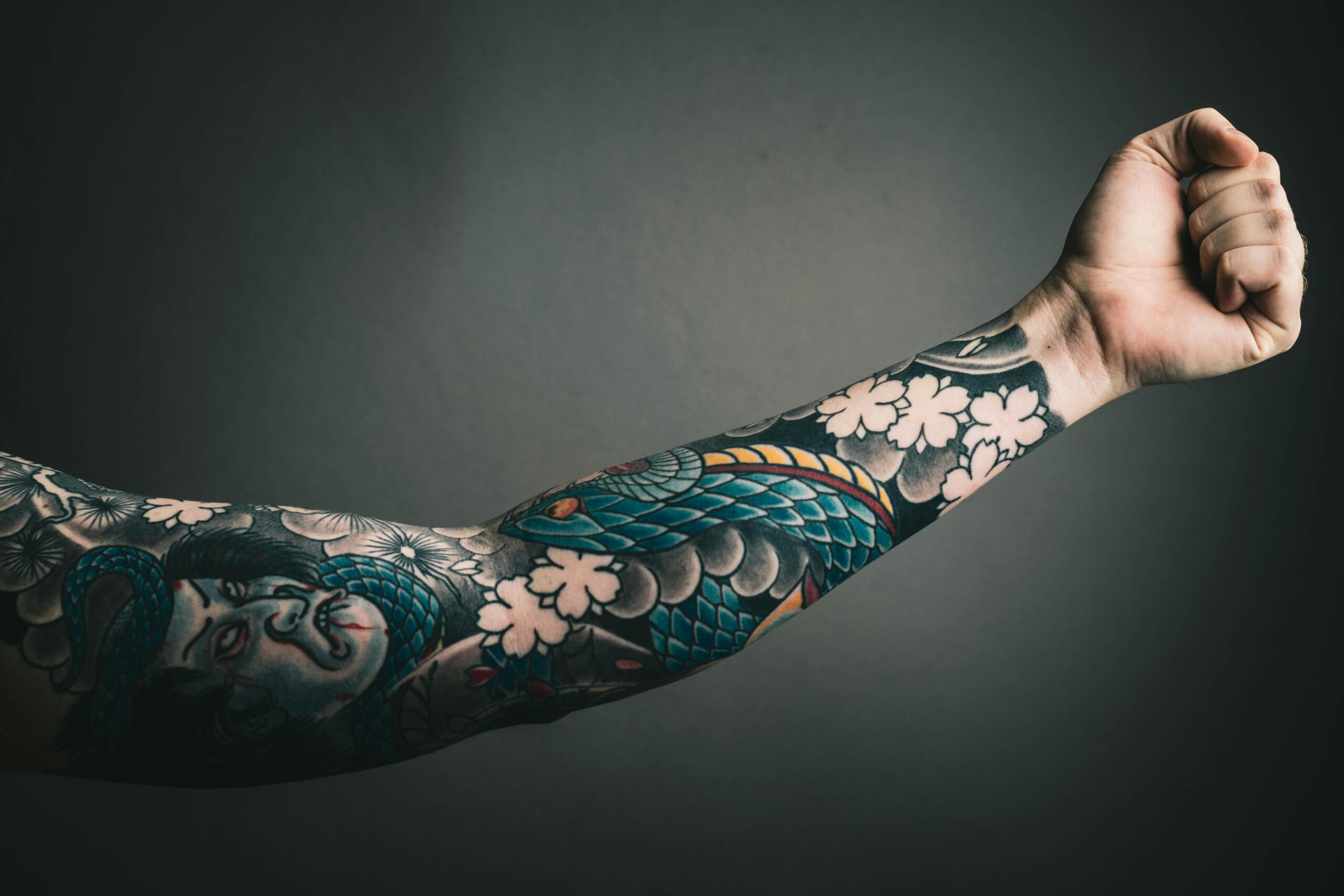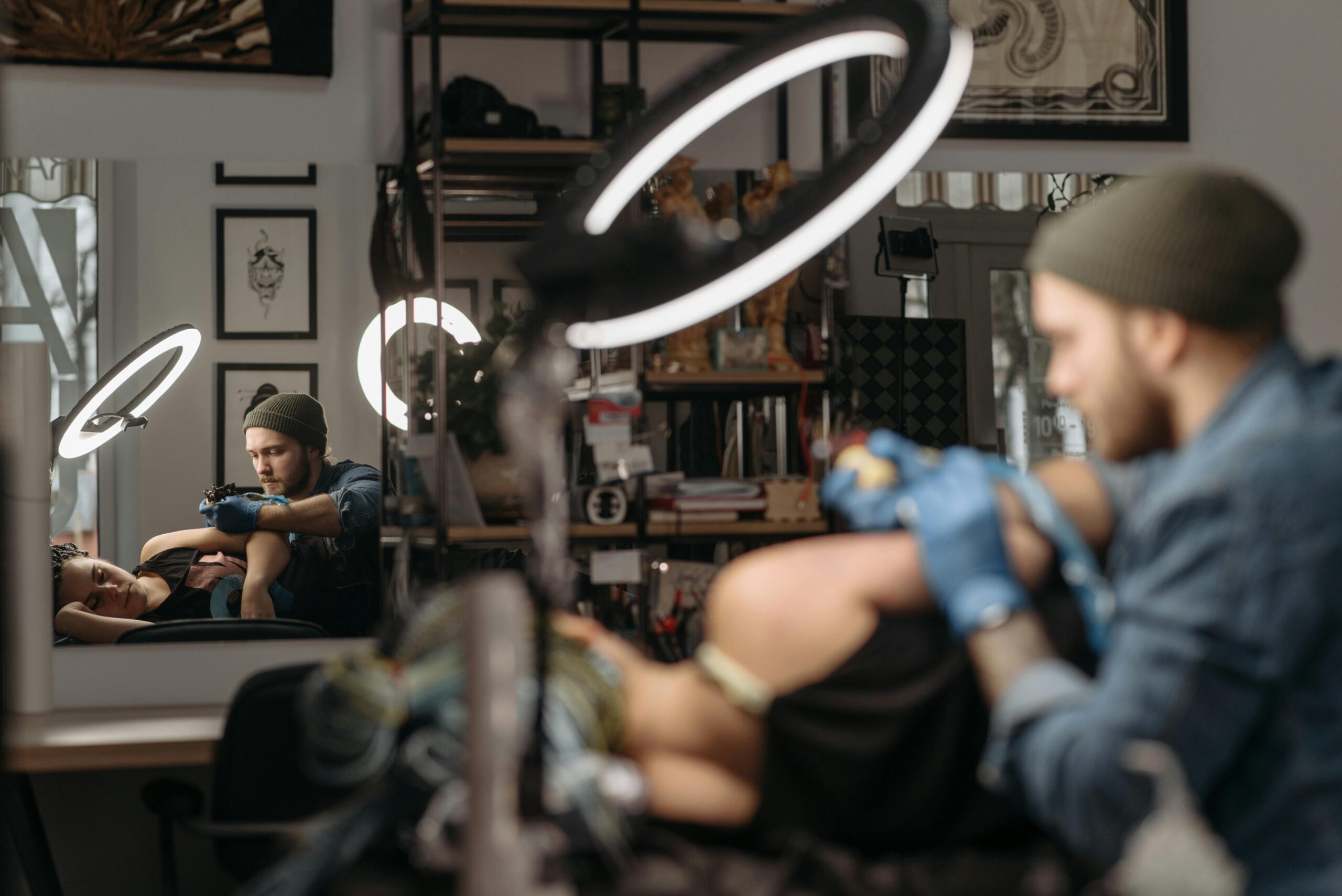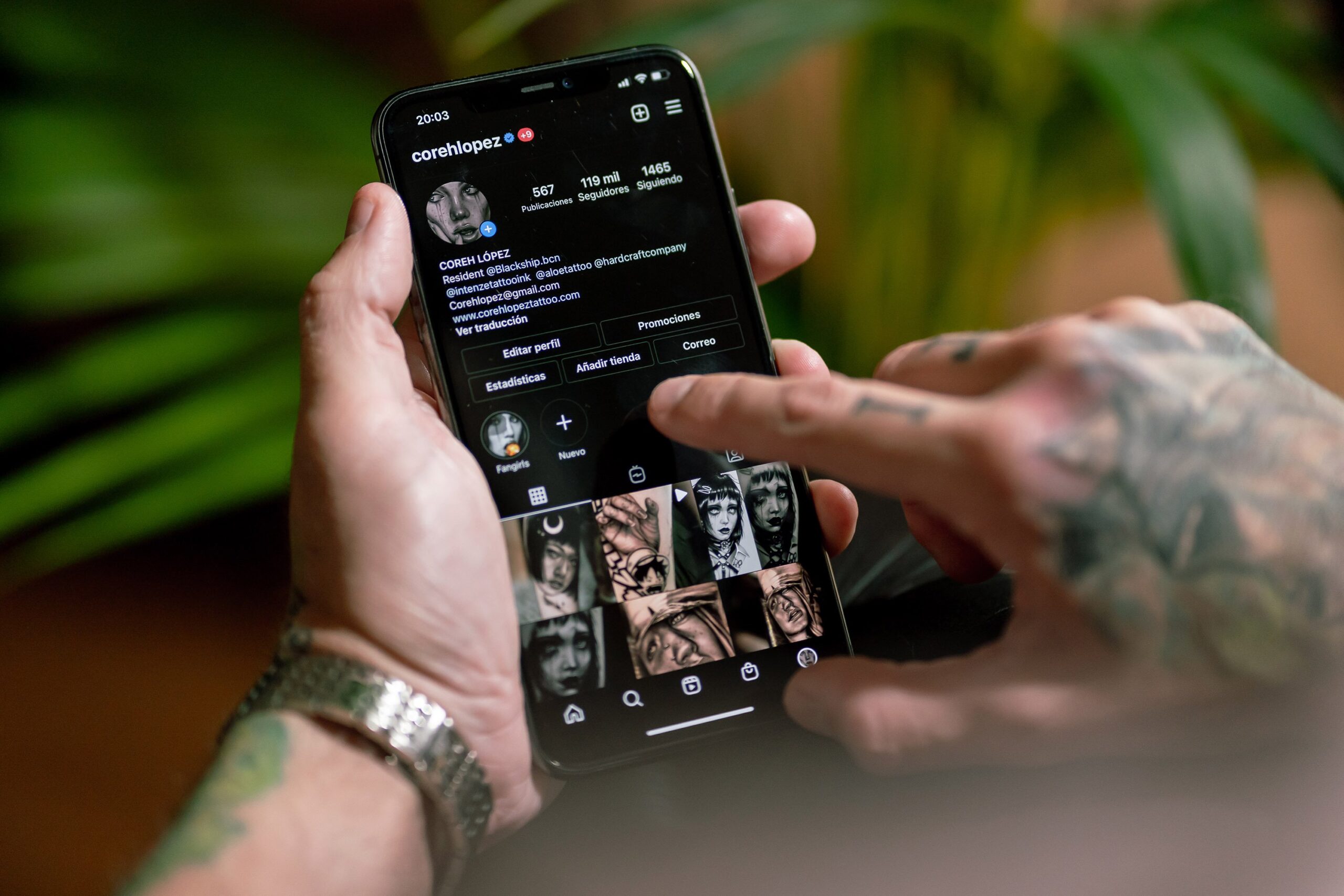Specialising in one tattoo style establishes expertise, but expanding your repertoire increases booking opportunities and creative satisfaction. This guide covers the technical, artistic, and business considerations for diversifying from fine line work into other styles, helping you grow capabilities whilst maintaining the quality that built your reputation.
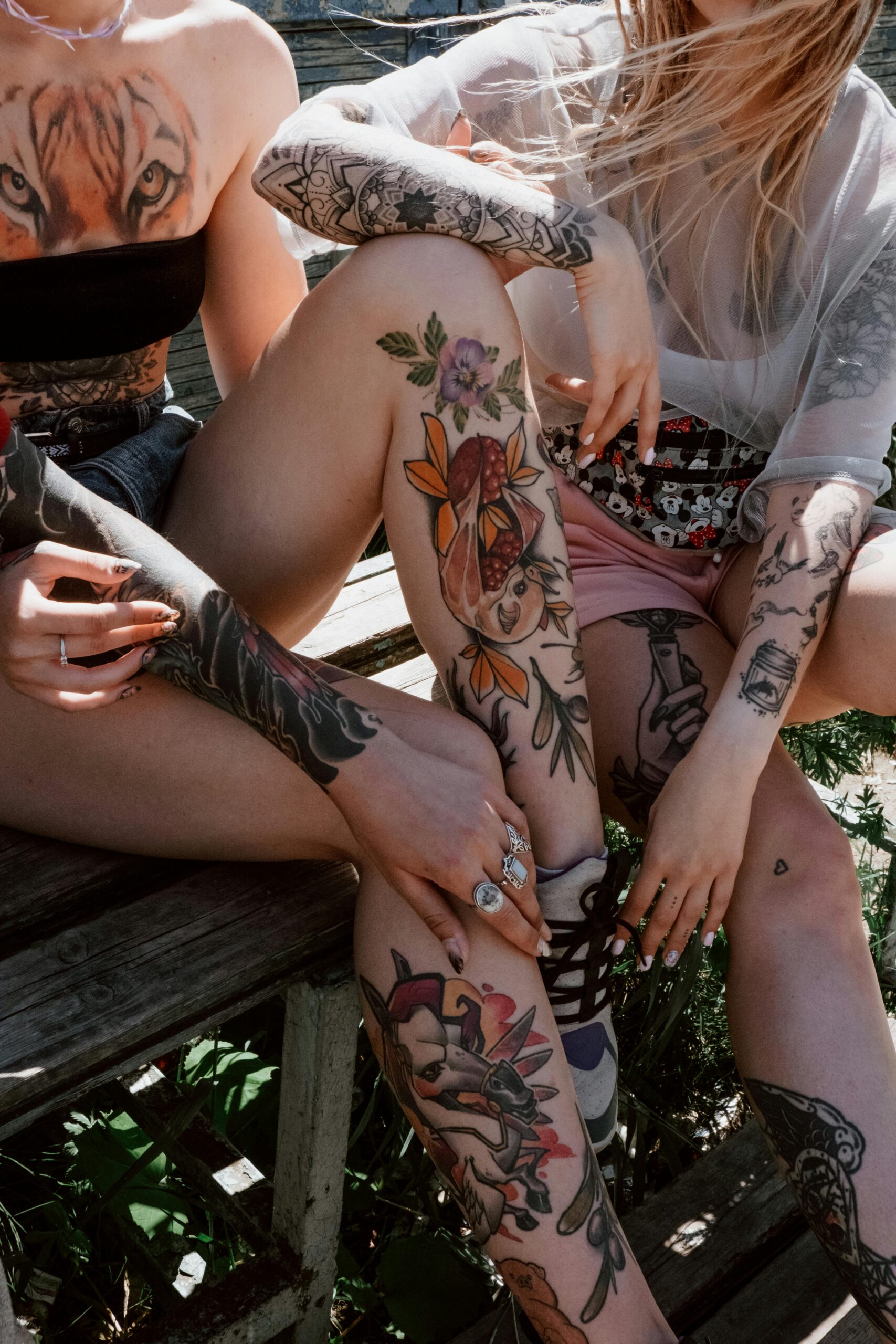
Why Style Diversification Benefits Your Career
Specialisation attracts clients seeking specific aesthetics, but rigid style limitation restricts potential clientele and creative development. Strategic style expansion allows you to serve more diverse client needs whilst preventing artistic stagnation that impacts long-term career satisfaction.
According to industry research by Tattoodo, tattoo artists proficient in 3-4 distinct styles book 40-60% more appointments than single-style specialists, particularly during slower economic periods when clients become more budget-conscious and less willing to wait for specific specialists.
Expanding capabilities provides several advantages: increased booking opportunities from diverse client preferences, creative variety preventing artistic burnout, pricing flexibility based on style complexity, resilience during trend shifts, and enhanced problem-solving from understanding multiple technical approaches.
However, expansion requires strategic planning. Adding styles randomly without mastering fundamentals or understanding market demand wastes time and confuses your brand positioning. Thoughtful progression builds on existing strengths whilst addressing market opportunities.
Social Media Examiner’s content strategy research shows that diverse content portfolios maintain audience engagement more effectively than narrow focus, applying directly to tattoo artist portfolio development.
Assessing Your Current Foundation
Before expanding, honestly evaluate your current capability level. Premature diversification before mastering your initial style creates mediocre work across multiple categories rather than excellence in any. Generally, artists should complete 100-200 pieces in their primary style before systematically adding new capabilities.
Your foundational training establishes technical fundamentals that transfer across styles, but each aesthetic requires specific skill refinement beyond basic competence.
Understanding Style Categories and Technical Requirements
Different tattoo styles demand distinct technical approaches, equipment configurations, and artistic sensibilities. Understanding these differences guides intelligent expansion decisions.
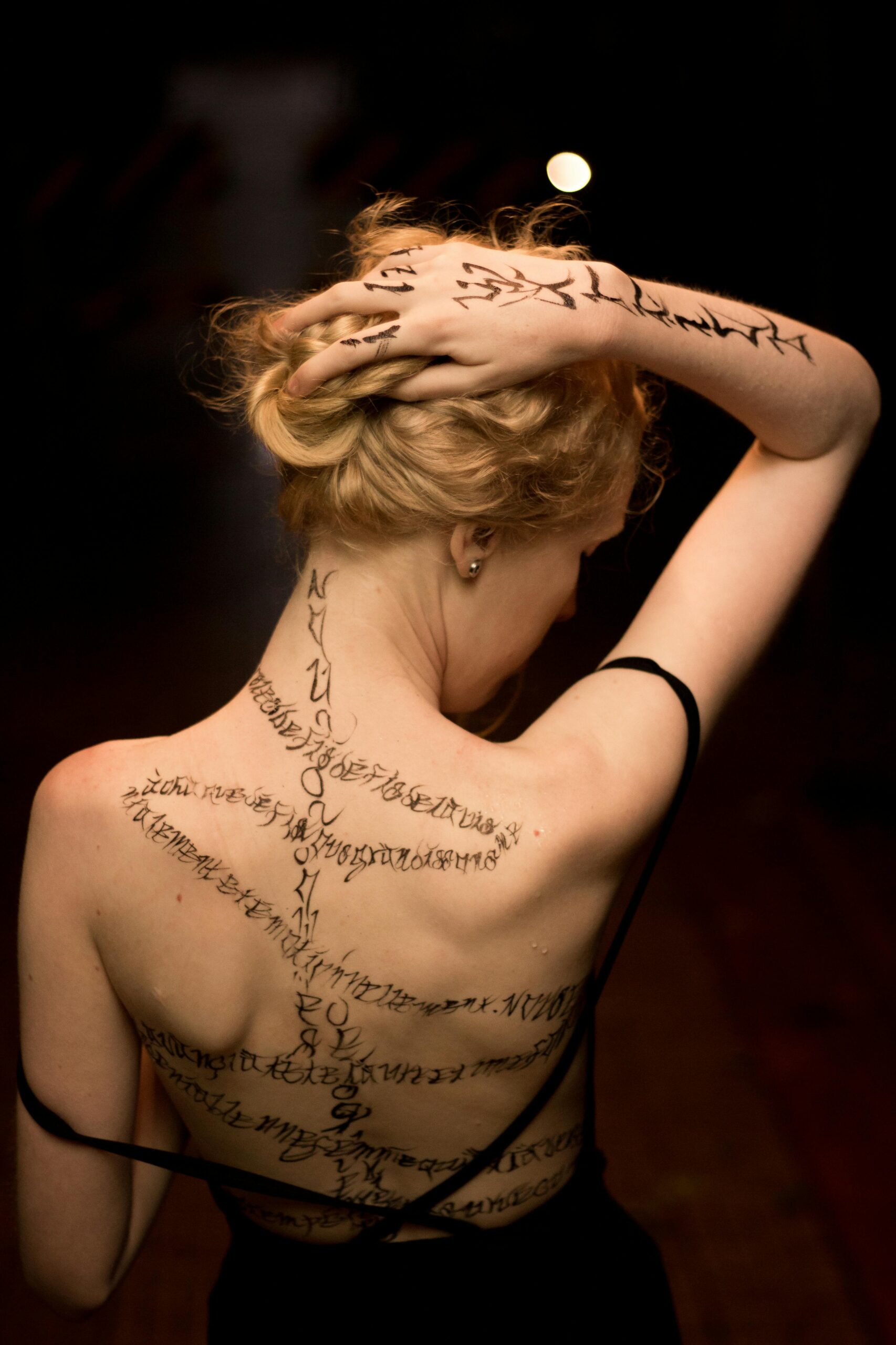
Fine Line Characteristics and Techniques
Fine line work emphasises delicate detail, precision placement, and subtle shading using single-needle or small-grouped needle configurations. This style requires extremely steady hands, light machine touch, and meticulous attention to line consistency.
Technical specifications include: single needles or 3-round liners, lower voltage settings (6-8V typically), minimal skin trauma, precise depth control, and rapid execution preventing overworking.
Common applications include: minimalist designs, delicate botanical illustrations, small script text, geometric patterns, and subtle symbolic imagery.
Bold Traditional Style Fundamentals
Traditional American or old school tattooing represents the opposite technical approach: heavy saturation, thick outlines, limited colour palettes, and high-contrast compositions designed for visibility and longevity.
Technical approach involves: larger liner groupings (7-14 round), higher voltage settings (8-10V), deep saturation, bold outlines before filling, and solid colour packing.
Characteristic elements include: thick black outlines, primary colour schemes, iconic imagery (roses, eagles, daggers, nautical symbols), minimal shading, and clear, bold compositions readable from distance.
Transitioning from fine line to traditional requires complete mental shift—what works for delicate minimalism actively harms bold traditional execution. Light touch becomes aggressive packing; single needles become large groupings; subtle nuance becomes high contrast.
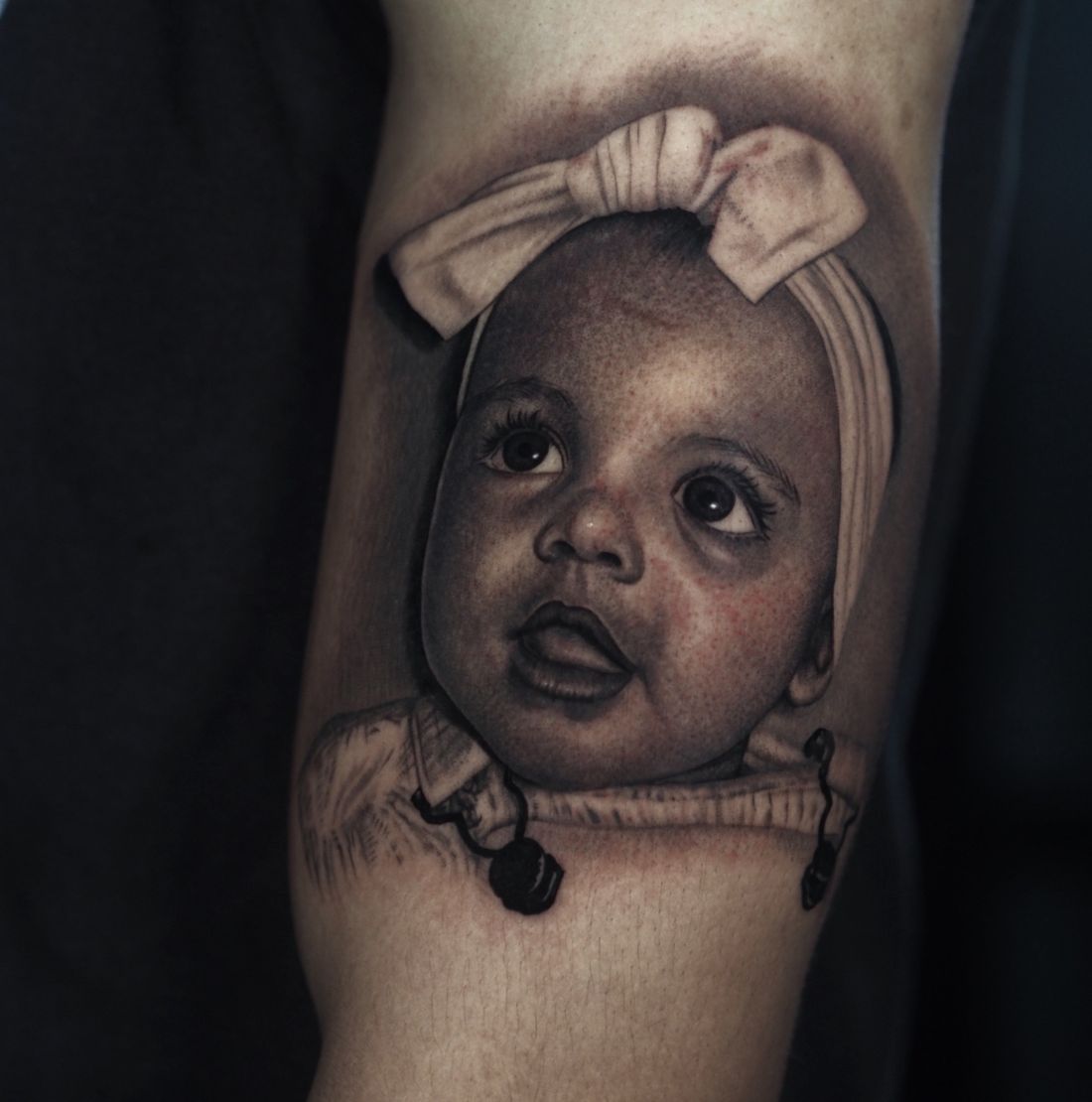
Realism and Portrait Work
Photorealistic tattooing demands advanced shading capabilities, value control, and understanding of light, form, and dimension beyond stylised approaches.
Technical requirements include: various magnum configurations for shading, voltage adjustments throughout piece, black and grey or colour mixing expertise, and extensive blending techniques.
This style particularly benefits from formal art training in drawing, value studies, and colour theory. Many successful realism artists have backgrounds in traditional art mediums before tattooing.
According to professional guidance from Tattoo Smart, realism represents the technically most challenging style category, requiring 300-500 practice hours before attempting client work.
Strategic Style Selection: Market Demand vs. Personal Interest
Choosing which styles to add requires balancing personal artistic interest with market opportunities. Expanding into styles you don’t enjoy creates unsatisfying work, but developing capabilities nobody wants limits business impact.

Market Research for Style Viability
Analyse your local market’s style demand through: reviewing successful local artists’ portfolios and booking patterns, monitoring Instagram hashtags for your location plus style keywords, surveying consultation requests you currently decline, and identifying gaps in local style availability.
If your area saturates with traditional artists but lacks quality fine line work, expanding into similar delicate styles (single needle, dotwork, minimalism) builds on your strengths whilst serving unmet demand. Conversely, if everyone does fine line and traditional work goes unfilled, expanding into bold work addresses clear market gap.
Consider seasonal and demographic trends. Fine line work appeals heavily to younger demographics and trends toward smaller, minimalist pieces. Traditional work attracts diverse age ranges and appeals to tattoo collectors seeking large-scale coverage.
Statistics Canada demographic data provides insights into your local market composition, informing style expansion decisions based on population characteristics.
Building on Existing Strengths
Intelligent style expansion leverages capabilities you’ve already developed rather than starting completely from scratch. For fine line artists, logical progressions include:
Dotwork and Stippling: Uses similar precision and patience, expanding from lines to controlled point work.
Geometric Patterns: Leverages precise line work whilst adding mathematical planning and symmetry challenges.
Delicate Watercolour Effects: Builds on light touch whilst adding soft colour work requiring new blending techniques.
Single Needle Realism: Combines fine line precision with shading and dimensional thinking.
Each expansion builds incrementally on existing skills rather than requiring complete technical overhaul.
Your technical foundation determines which expansion paths offer fastest mastery versus those requiring extensive retraining.
Technical Adjustments for Style Transitions
Successfully executing different styles requires understanding and implementing specific technical modifications beyond just changing designs.
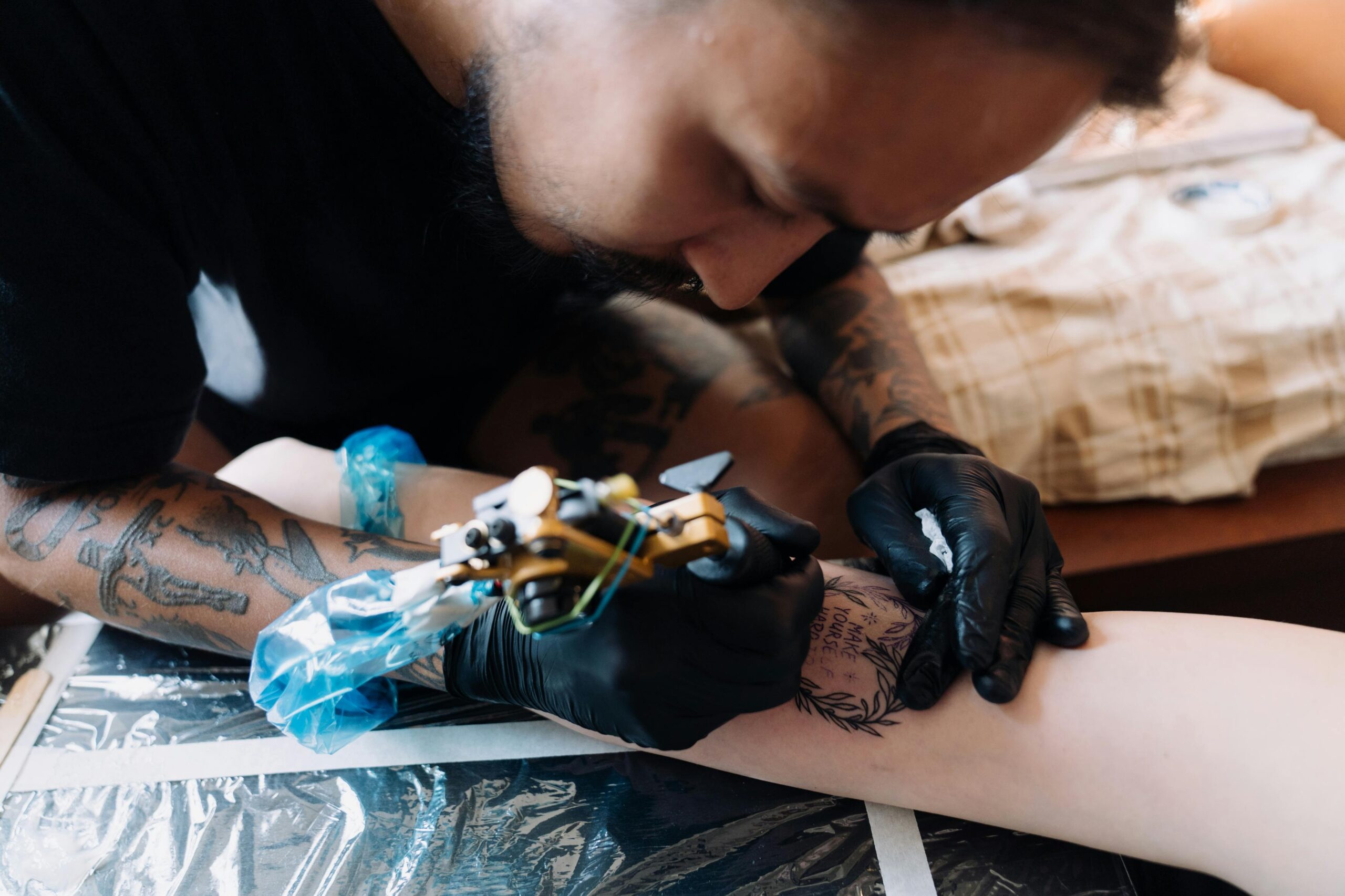
Machine Setup and Configuration
Different styles require different machine configurations optimised for their specific demands. You may need multiple machines configured for distinct purposes rather than one versatile setup.
Fine Line Setup: Lightweight machines (pen-style often preferred), low voltage (6-7.5V), minimal stroke length, single needles or small groupings.
Traditional Setup: Powerful coil or rotary machines, higher voltage (8-10V), longer stroke length, larger needle groupings for outline and packing.
Realism/Shading Setup: Adjustable voltage machines, various magnum configurations, capability for smooth gradations, balanced weight for control during extended shading.
Budget for additional equipment as you expand capabilities—expecting one machine configuration to handle all styles compromises results across all applications.
Needle Selection and Application
Needle configuration dramatically affects line quality, saturation, and healing outcomes. Understanding which needles achieve specific effects proves essential for multi-style capability.
Liners: Round configurations (3RL, 5RL, 7RL, 9RL, etc.) create lines, with larger groupings producing bolder results. Fine line work uses 1RL-3RL, whilst traditional work uses 7RL-14RL.
Shaders: Magnum and flat configurations (7M1, 9M1, etc.) create smooth shading and colour packing. Realism demands various magnum sizes for different shading applications.
Colour Packing: Round shaders or magnums pack solid colour efficiently. Traditional work benefits from larger configurations that saturate quickly and deeply.
Transitioning between styles often means completely changing needle categories mid-session or maintaining multiple machine setups running simultaneously.
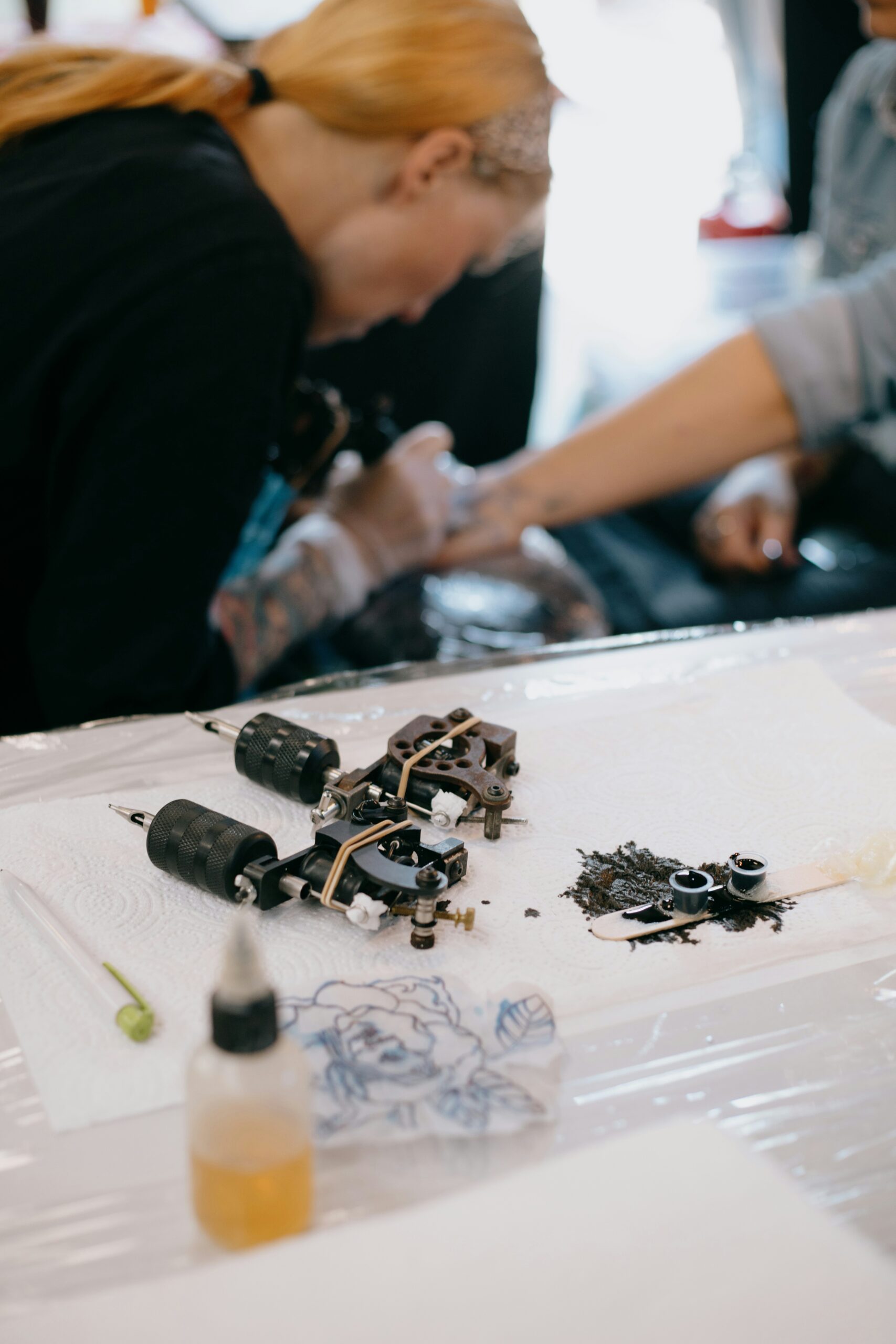
Voltage and Speed Adjustments
Hand speed, machine voltage, and needle depth create interdependent relationships that change dramatically between styles. Fine line work requires slower, more deliberate movement with lighter touch, whilst traditional work demands confident, aggressive execution.
Practice adjusting between approaches on practice skin, developing muscle memory for each style’s requirements. Many artists find transitioning between styles within single sessions extremely difficult—the mental shift required proves challenging even with technical knowledge.
Practice Progression for New Styles
Adding styles successfully requires systematic practice progression preventing premature client attempts that damage reputation.
Phase 1: Design Study and Drawing (2-4 Weeks)
Before touching tattoo equipment, spend dedicated time studying your target style’s design principles, characteristic elements, and composition strategies. Create 20-30 drawings in the new style, developing visual library and aesthetic understanding.
Analyse successful artists specialising in your target style: how they structure compositions, handle specific design elements, and create visual impact. Don’t copy directly—study principles you’ll apply to your own original work.
For traditional work, study classic flash sheets and historic tattoo imagery. For realism, analyse photography and understand value structures. Each style has visual language requiring fluency for convincing execution.
Phase 2: Practice Skin Execution (4-8 Weeks)
Transfer your drawings to practice skin, focusing purely on technical execution without time pressure or client concerns. Complete 30-50 practice pieces before attempting client work, progressing from simple to complex designs.
Early practice emphasises technical basics: proper line weight, consistent saturation, appropriate depth, and clean execution. Later practice adds artistic refinement: composition, creativity, and personal style development within the genre.
Document all practice work photographically, analysing results objectively for improvement areas. Many artists find their first attempts disappointing—this proves normal and necessary for growth.
Your systematic portfolio development approach applies equally to style expansion, requiring patience and incremental progress.
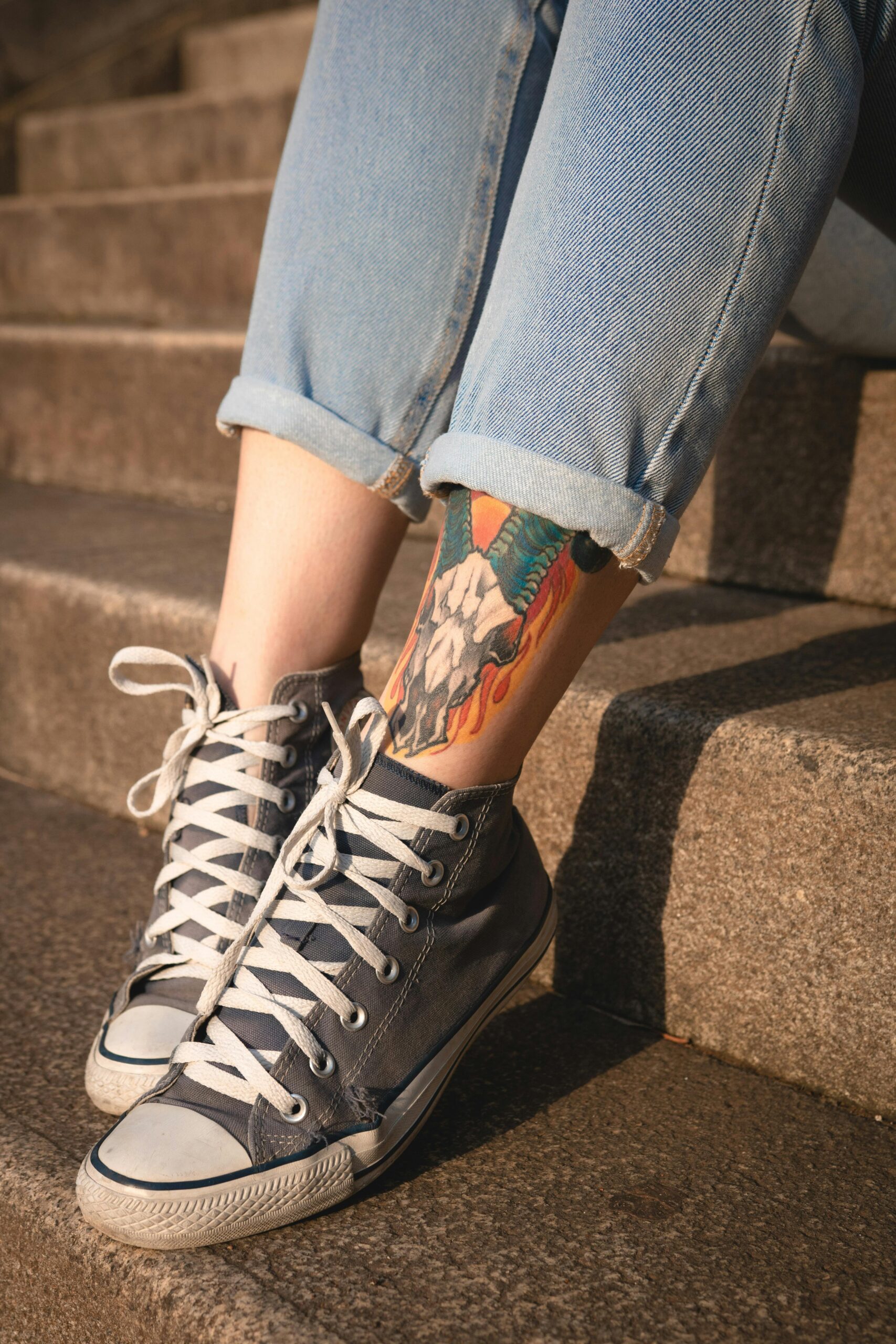
Phase 3: Volunteer and Low-Stakes Clients (2-3 Months)
Before adding new style offerings to your professional portfolio, test capabilities on willing volunteers understanding they’re receiving discounted work in exchange for practice opportunity. This might include friends, family, or heavily discounted flash day pieces.
Start with simple designs well within your capability, gradually increasing complexity as confidence grows. These early client experiences reveal differences between practice skin and real skin application, teaching adjustments your practice phase couldn’t address.
Photograph everything, saving only truly successful pieces for portfolio use. Early attempts may not meet your standards—this selectivity maintains reputation whilst allowing necessary experience building.
Marketing Your Expanded Capabilities
Successfully adding styles requires strategic marketing that doesn’t confuse your existing brand positioning or alienate current clientele.
Portfolio Organisation Strategies
Organise your Instagram or website portfolio by style category, allowing potential clients to quickly find relevant work. Consider separate highlight reels or portfolio albums for each major style you offer.
Avoid mixing styles randomly in your feed—this creates confusion about your capabilities and makes it difficult for style-specific clients to evaluate your expertise. Instead, post in style blocks or maintain consistent ratios reflecting your preference and capability levels.
If you’re primarily known for one style and adding secondary capabilities, maintain clear hierarchy. Don’t sacrifice your established specialty identity while building new capabilities—position yourself as “fine line specialist who also offers traditional work” rather than diluting your core positioning.
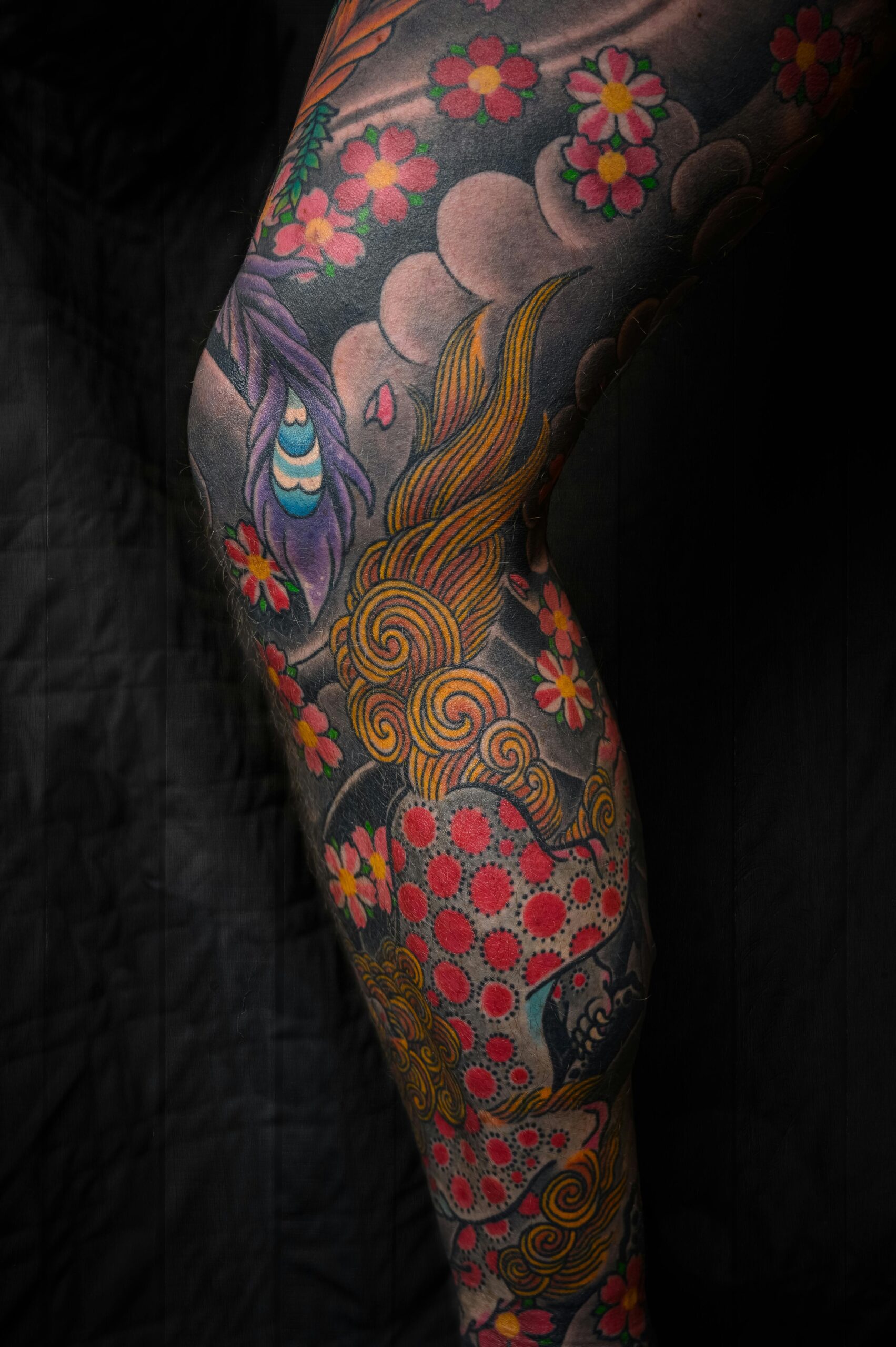
Pricing Strategy for New Styles
Initially price new style offerings competitively below your established style rates, reflecting your developing capability level whilst attracting early clients. As proficiency improves, gradually increase rates toward parity with your primary work.
This approach maintains honesty about capability levels whilst building portfolio and experience necessary for premium pricing. Clients appreciate transparency and fair pricing reflecting actual expertise rather than inflated rates based solely on established reputation.
Some artists offer “flash days” featuring heavily discounted work in new styles they’re developing, attracting clients whilst clearly communicating the practice context.
Common Pitfalls in Style Expansion
Several predictable mistakes compromise style expansion success. Awareness prevents these issues from derailing your development.
Premature Client Work
The most damaging mistake involves attempting client work before adequate practice preparation. Pressure to monetise new capabilities quickly leads to rushed development and portfolio pieces that harm rather than help reputation.
Resist client requests for styles you haven’t adequately practiced, even when turning down income feels difficult. Protecting reputation proves more valuable long-term than any individual booking.
Stylistic Inconsistency Within Pieces
Mixing stylistic approaches within single tattoos typically creates confusion rather than innovation. Traditional bold outlines don’t complement fine line interior detail—they compete and confuse visual reading.
Develop clear understanding of each style’s internal logic and consistency requirements. Innovation happens through mastering styles individually before attempting genuine fusion approaches.
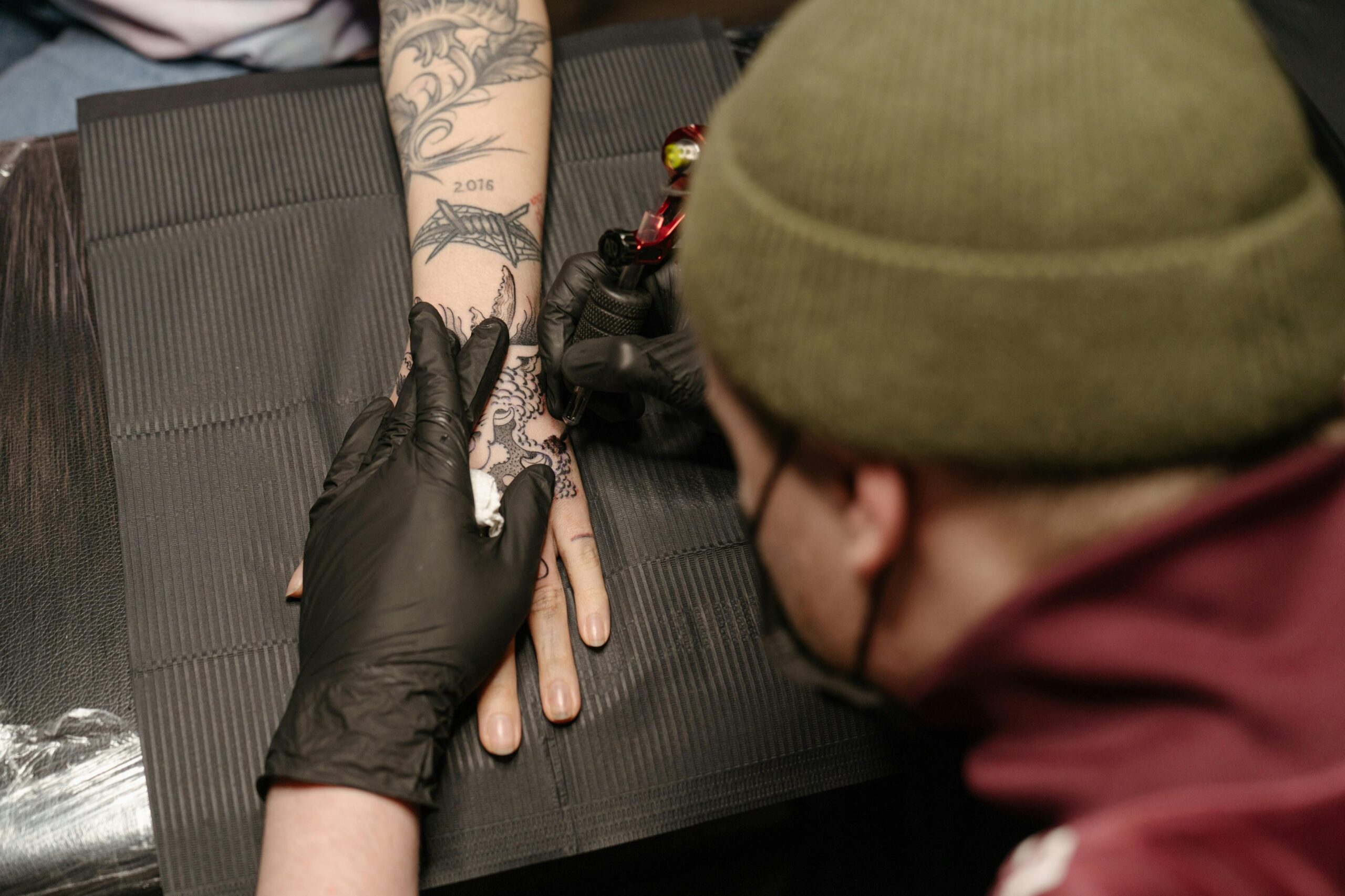
Inadequate Technical Adjustment
Attempting new styles without proper equipment, needle, or technical modification produces poor results. Fine line artists trying traditional work with single needles create weak, inconsistent lines. Traditional artists attempting fine line work with their heavy-handed approach create blown-out, damaged work.
Invest in proper equipment for each style category you add, understanding that economising on tools compromises quality and progress.
According to guidance from professional tattoo training resources, rushed style expansion represents a primary factor in career stagnation and reputation damage.
Maintaining Quality Across Multiple Styles
Sustaining excellence across diverse styles requires ongoing practice preventing skill degradation in less-frequently used capabilities.
Regular Practice Rotation
Dedicate practice time to all styles you offer, not just currently popular or frequently booked capabilities. Skills atrophy without use—maintain proficiency through regular practice even during slow booking periods.
Consider monthly practice sessions where you execute flash pieces across all your style offerings, keeping techniques fresh and continuing development even in established capabilities.
Selective Client Acceptance
Not every enquiry deserves acceptance. Turning down work you’re inadequately prepared for protects reputation and allows focusing energy on pieces you’ll execute excellently.
Better to be known for exceptional work in three styles than mediocre capability across six. Strategic selectivity maintains quality standards that support premium pricing and strong reputation.
Canadian Federation of Independent Business research shows that service quality directly correlates with business sustainability and growth potential.
Advanced Style Fusion and Innovation
Once you’ve mastered multiple styles individually, consider innovative fusion approaches that create distinctive positioning. However, successful fusion requires true mastery of component styles—premature fusion attempts create confused work rather than genuine innovation.
Effective fusion examples include: fine line with watercolour elements, traditional bold outlines with illustrative interior detail, geometric foundations with organic embellishments, or realism with graphic design elements.
Study artists successfully executing fusion work, understanding how they maintain visual coherence whilst combining disparate elements. Successful fusion requires clear design intent and strong compositional foundation preventing chaos.

Professional Development Through Continued Education
Style expansion benefits enormously from professional instruction, workshops, or mentorship from specialists in your target styles. Self-teaching proves possible but substantially slower and more frustrating than guided development.
At Omnia Tattoo Academy, our comprehensive online tattoo courses provide foundational training across multiple style categories, allowing you to develop diverse capabilities from the beginning or systematically expand established skills. You’ll learn proper technical approaches for various styles, understand when and how to transition between them, and develop the artistic versatility that modern tattoo careers increasingly require.
Our experienced tutors provide style-specific feedback and guidance, helping you avoid common expansion pitfalls whilst accelerating your development timeline. With six-day weekly support and self-paced learning, you’ll master new capabilities at a speed that suits your schedule and goals.
Diversify Your Capabilities Professionally
Ready to expand your style repertoire whilst maintaining the quality standards that built your reputation? Our comprehensive tattoo courses provide training across multiple style categories, technical adjustments guidance, and professional development strategies—everything you need for sustainable career growth.
Join Canadian artists who’ve built versatile, resilient practices through Omnia’s proven training methodology. With flexible payment plans starting at $30 per week, professional equipment included, and comprehensive training in diverse tattoo styles, you’ll develop the capabilities modern tattoo careers require.
Explore our online tattoo course options today and start building the diverse skill set that expands your opportunities.
The Learning Online Group, parent company of Omnia Tattoo Academy has supported over 15,000 students globally since 2019, providing job-ready skills as a modern alternative to class based education. Explore our specialized brands: Canadian Photography School, Canadian Beauty School, and among others. With dedicated 1:1 Tutoring, Flexible Payment Plans and 24/7 Learning Access, Learning Online Group continues to lead the way in Vocational Education in Canada.
